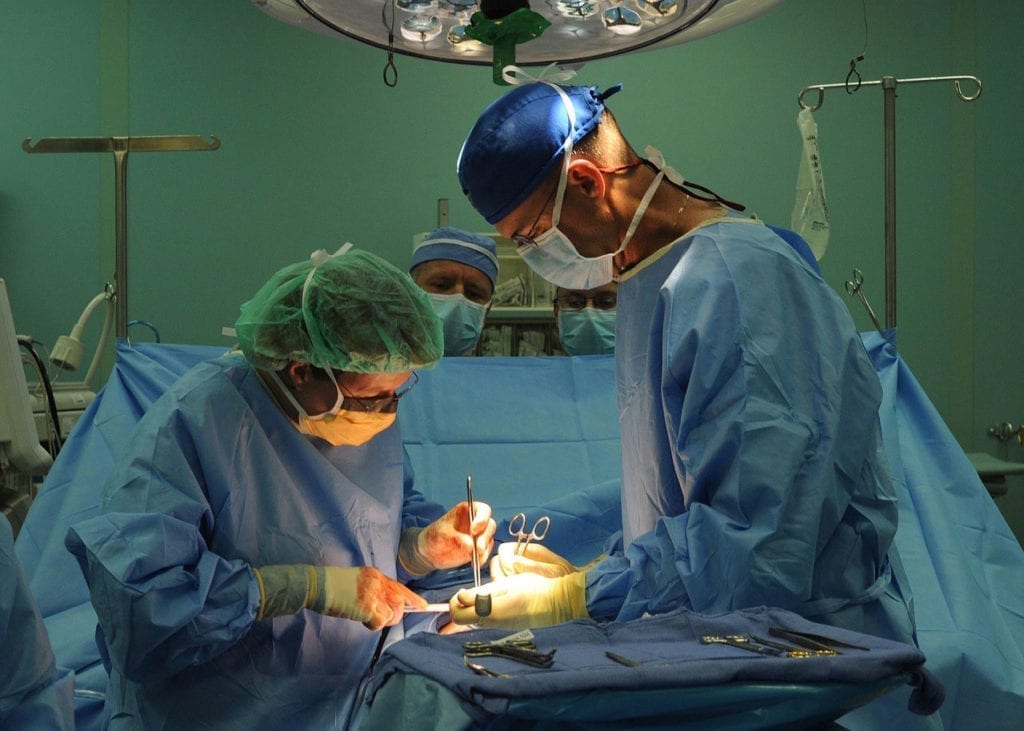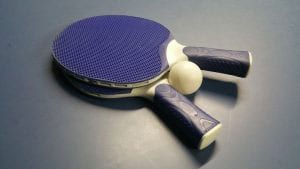According to a story from abc.net.au, Todd Murfitt from Adelaide, Australia, was only 35 when he noticed that his left hand was starting to tremor as he typed. After a visit with his doctor he was told some shocking news: he had early onset Parkinson’s disease. For a while Todd was able to control the symptoms of the disease with medication, but eventually the drugs stopped working. From there, his symptoms progressed rapidly. Todd was left with no choice but to opt for an alternative approach: deep brain stimulation (DBS).
About Parkinson’s Disease
Parkinson’s disease is a type of long term, progressive, degenerative illness that affects the central nervous system. Symptoms tend to develop over a period of years and primarily affect the movement ability and mental state of the patient. The cause of Parkinson’s disease remains a mystery, although there are a number of risk factors that have been identified. These factors include head injuries, pesticide exposure, and certain genetic variants and mutations. About 15 percent of patients have a close relative with the disease, suggesting some genetic connection. Symptoms include slowed movements, poor coordination, trouble walking, shaking, stiffness, abnormal posture, depression, anxiety, inhibited thinking, hallucinations, and dementia. Treatment may involve a number of medications, rehabilitation, and surgical operations. Survival rate varies, but most patients survive around a decade after getting diagnosed. To learn more about Parkinson’s disease, click here.
About Deep Brain Stimulation
DBS is a procedure in which electrodes are implanted into the brain along with a computer chip, which is implanted in the patient’s chest. Unlike most brain surgeries, it is critical that the patient is kept awake during the procedure to help the surgeon’s navigate the patient’s brain and determine how to position the electrodes. During Todd’s operation, the team utilized a new technique with directional wires instead of the more common ring system.
The directional wires are more suitable for a younger patient that may need the electrodes for longer; they also allow for greater control over the electrical stimulation.
For Todd, the treatment has been transformative. The operation has successfully controlled his symptoms, giving him the chance to be free of medication and enjoy greater quality of life with his family.








